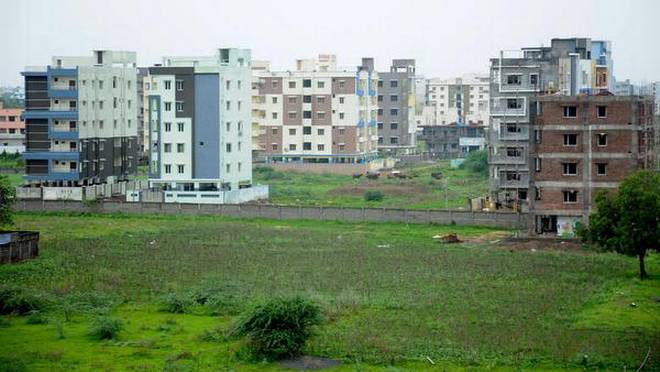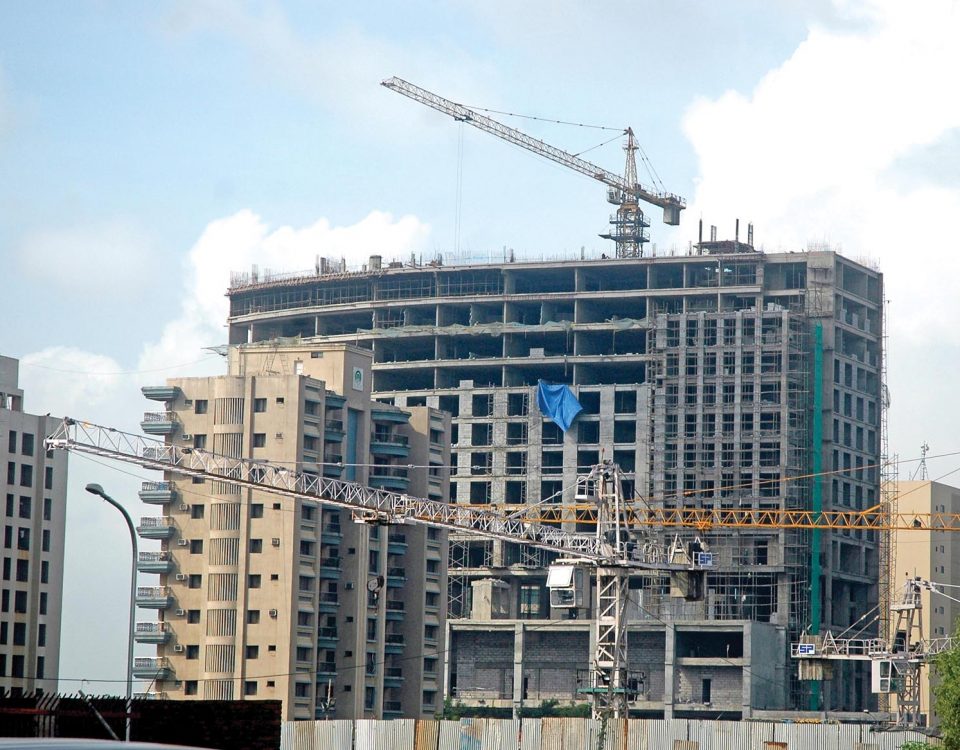Strategies to Create a Successful Property Investment
“Not every Property Investment is good, and not every property is a good investment for you. What may be a good property investment for me might be a terrible investment for you.”
The Indian real estate is a dynamic industry, which undergoes various changes throughout the year. Therefore, evaluating a particular location or city, regarding the property investment potential it holds, can be a daunting task due to the continuous change. Here are some tips that can assist you to analyse your local housing market.
See: Documents Required to Buy Property in India
Analyze the Pricing Trends
One beneficial method for acquiring knowledge about a particular city’s or location’s estate market is to track the plan prices are moving. Get exact information about the current pricing trends and correlate this information, with pricing trends in the past – maintain, over a period of three years. It will help you to assess the growth in the market and also arrive at a reliable estimation for the future.
Moreover, if you are primarily interested in residential property investment, it is better to analyze the pricing trends over a larger cross-section of real estate divisions – residential, commercial, industrial and even farm land property in several micro-locations within the market. It will produce valuable insights into the highs and lows that the areas have experienced and helped chart their growth potential.
Identify Growth Factors
Once you have recognised the residential property investment opportunities in a particular market and also studied its pricing drifts, the next step is to learn the factors that have affected pricing changes within the market.
A property’s value depends on both, micro and macro-economic factors that influence the market. The addition of civic and social infrastructure in the form of roads, public transport, bridges, schools and colleges, hospitals and also other public services in an area, tends to induce an almost direct growth in the market.
Besides these factors affecting the state and local economies, such as tax reforms, regional regulatory guidelines and interest rates also play significant roles in either propelling or subduing market growth.
Assess Buying Activity in Property Investment
From the pace at which apartments are being sold and bought, it is possible to build if a certain locality represents a buyer’s or seller’s market.
While it may not be easy to estimate the number of properties on the market and know how many properties are sold on a daily basis, it is possible to find out how large properties listed by owners or developers, tend to stay on the market before being sold. This trend, named ‘Days on Market’ (DoM), can be studied over a period of two or three months, based on online property listings. It can be applied to several locations at the same time and is a reliable way for researching existing supply and demand. More importantly, it will assist you to make a relatively accurate assessment of future buying trends in those areas.
Compare central locations with suburbs and outskirts
If you have been essentially focusing on properties in prime locations, then, extend your field of research to the adjacent suburbs and even the outskirts throughout this area. Usually, the growth in central locations stagnates because they ultimately reach their peak capacity for new developments. This automatically turns into the faster growth of the adjacent areas, which still have a potential for development regarding real estate projects and infrastructure. It is important to remember that while market dynamics certainly change all the time, the rules that govern returns on property investment do not.




